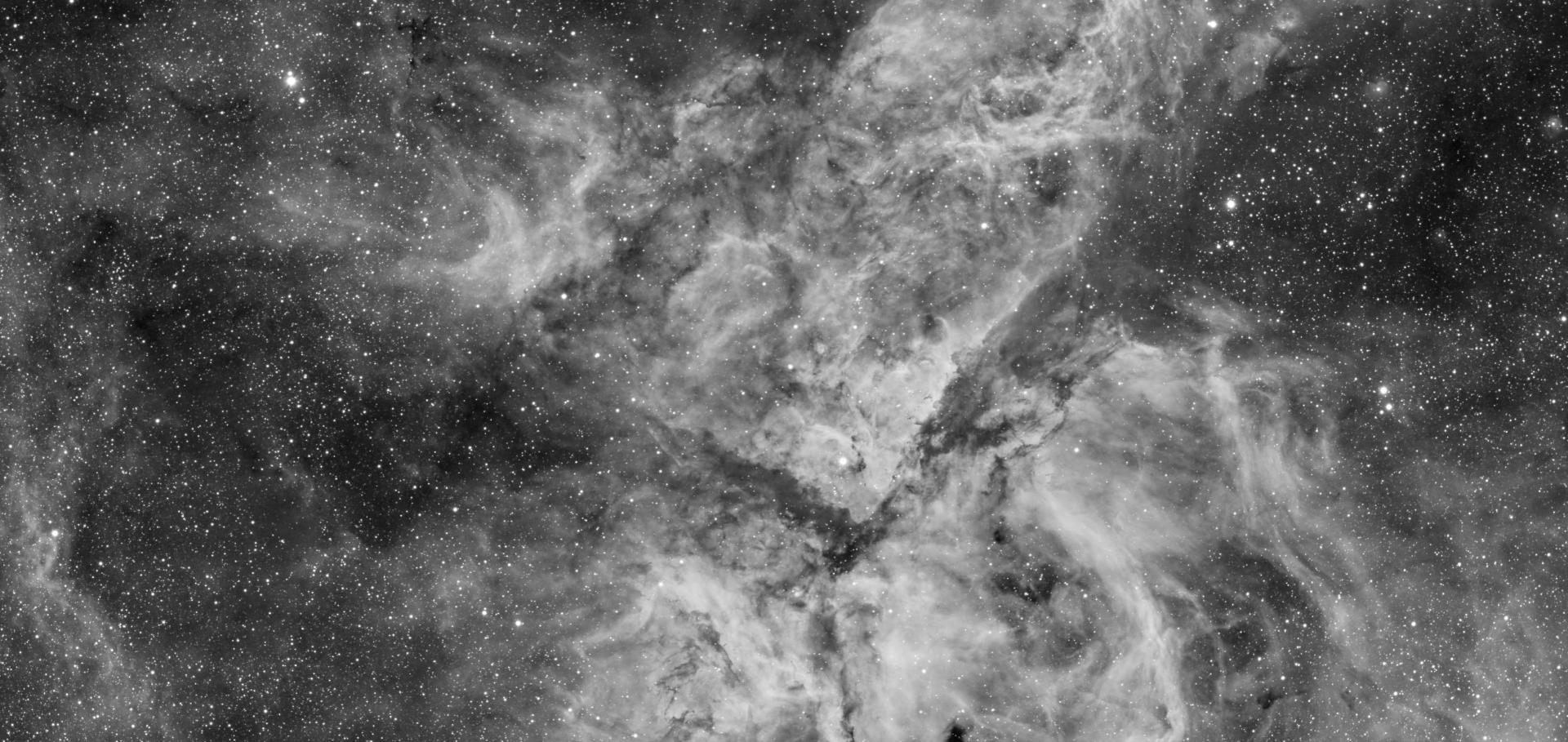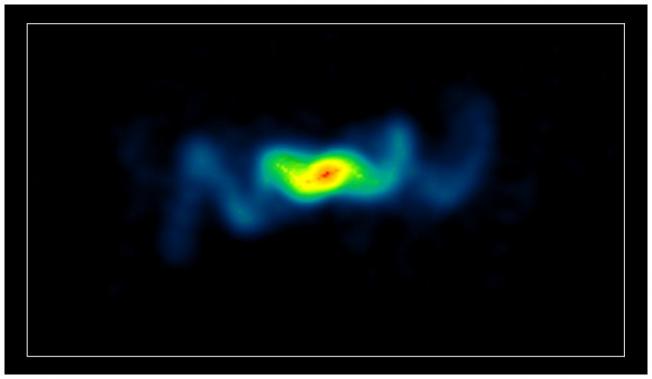The radio remnant of SN1993J: an instrumental explanation for the evolving complex structure
ArXiv 0810.5025 (2008)
Abstract:
We present simulated images of Supernova 1993J at 8.4 GHz using Very Long Baseline Interferometry (VLBI) techniques. A spherically symmetric source model is convolved with realistic uv-plane distributions, together with standard imaging procedures, to assess the extent of instrumental effects on the recovered brightness distribution. In order to facilitate direct comparisons between the simulations and published VLBI images of SN1993J, the observed uv-coverage is determined from actual VLBI observations made in the years following its discovery. The underlying source model only exhibits radial variation in its density profile, with no azimuthal dependence and, even though this model is morphologically simple, the simulated VLBI observations qualitatively reproduce many of the azimuthal features of the reported VLBI observations, such as appearance and evolution of complex azimuthal structure and apparent rotation of the shell. We demonstrate that such features are inexorably coupled to the uv-plane sampling. The brightness contrast between the peaks and the surrounding shell material are not as prominent in the simulations (which of course assume no antenna- or baseline-based amplitude or phase errors, meaning no self-calibration procedures will have incorporated any such features in models). It is conclusive that incomplete uv-plane sampling has a drastic effect on the final images for observations of this nature. Difference imaging reveals residual emission up to the 8 sigma level. Extreme care should be taken when using interferometric observations to directly infer the structure of objects such as supernovae.The radio remnant of SN1993J: an instrumental explanation for the evolving complex structure
(2008)
A novel method for measuring the extragalactic background light: Fermi application to the lobes of Fornax A
ArXiv 0808.4086 (2008)
Abstract:
We describe a new method for measuring the extragalactic background light (EBL) through the detection of $\gamma$-ray inverse Compton (IC) emission due to scattering of the EBL photons off relativistic electrons in the lobes of radio galaxies. Our method has no free physical parameters and is a powerful tool when the lobes are characterized by a high energy sharp break or cutoff in their electron energy distribution (EED). We show that such a feature will produce a high energy IC `imprint' of the EBL spectrum in which the radio lobes are embedded, and show how this imprint can be used to derive the EBL. We apply our method to the bright nearby radio galaxy Fornax A, for which we demonstrate, using WMAP and EGRET observations, that the EED of its lobes is characterized by a conveniently located cutoff, bringing the IC EBL emission into the {\sl Fermi} energy range. We show that {\sl Fermi} will set upper limits to the optical EBL and measure the more elusive infrared EBL.A novel method for measuring the extragalactic background light: Fermi application to the lobes of Fornax A
(2008)
Low-frequency Radio Observations of Galactic Microquasars
Sissa Medialab Srl (2008) 011



